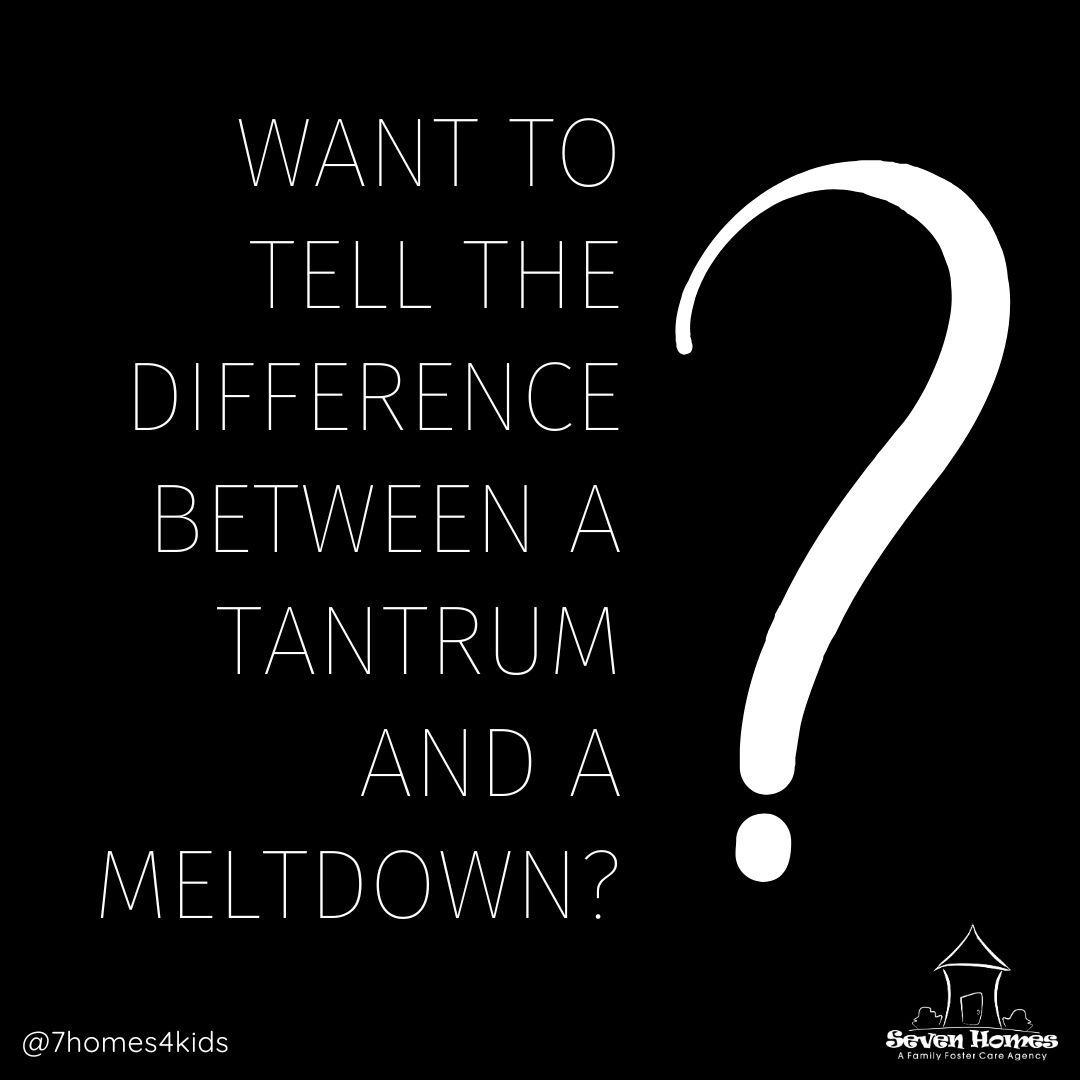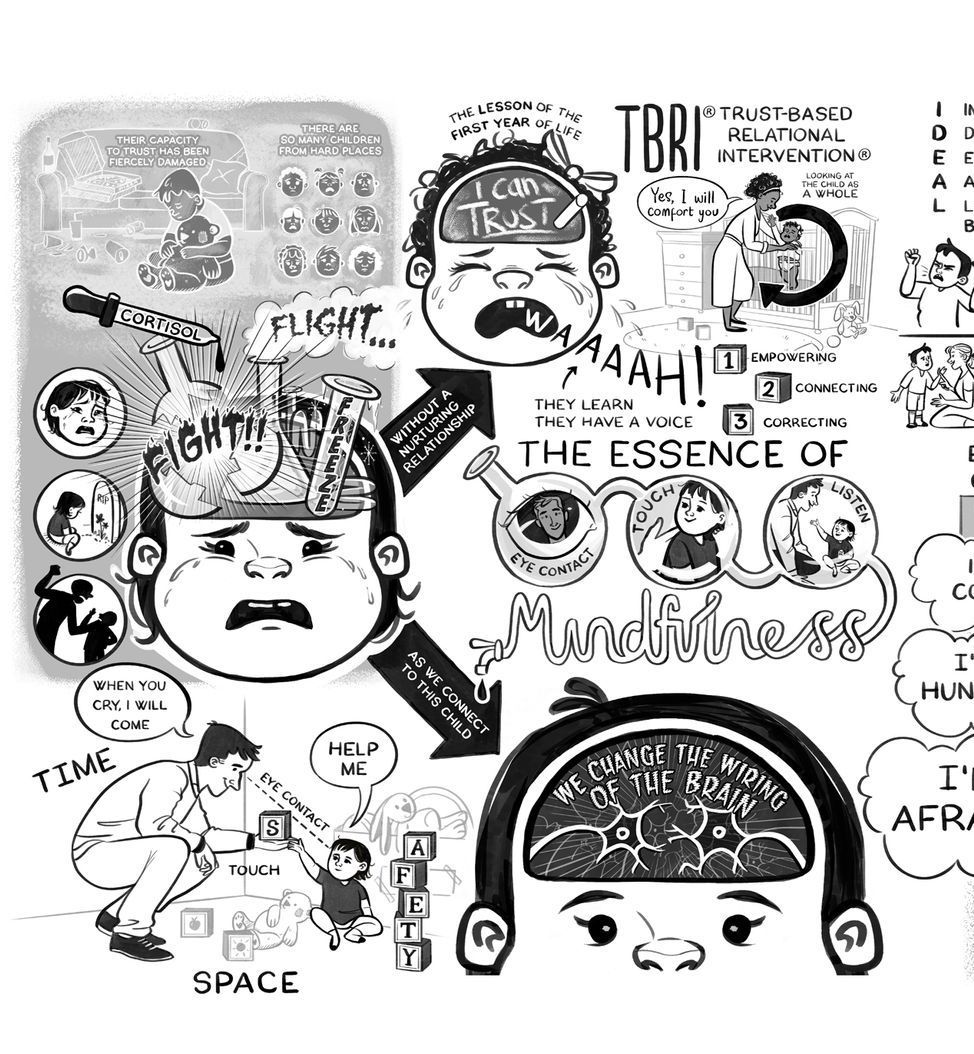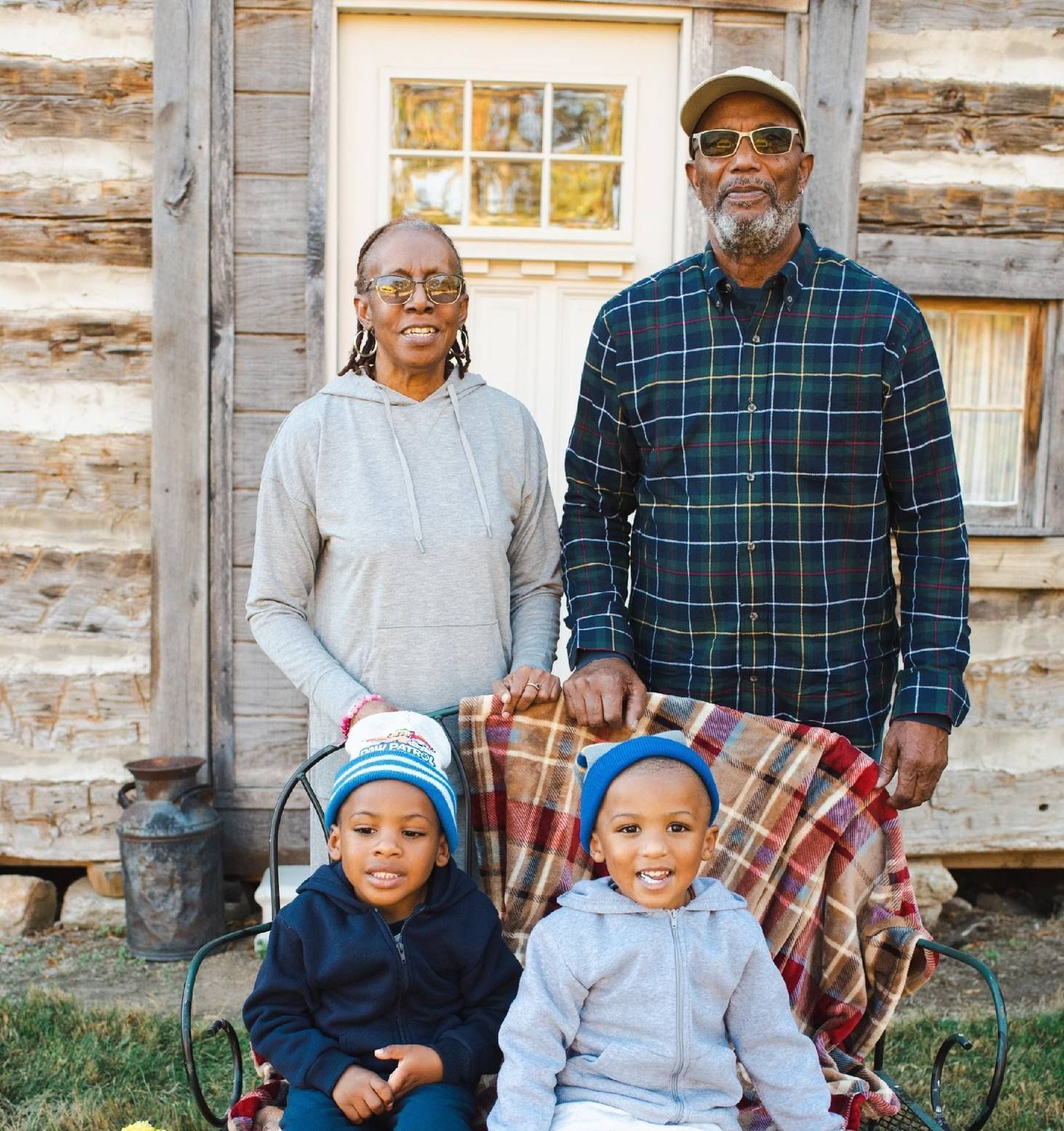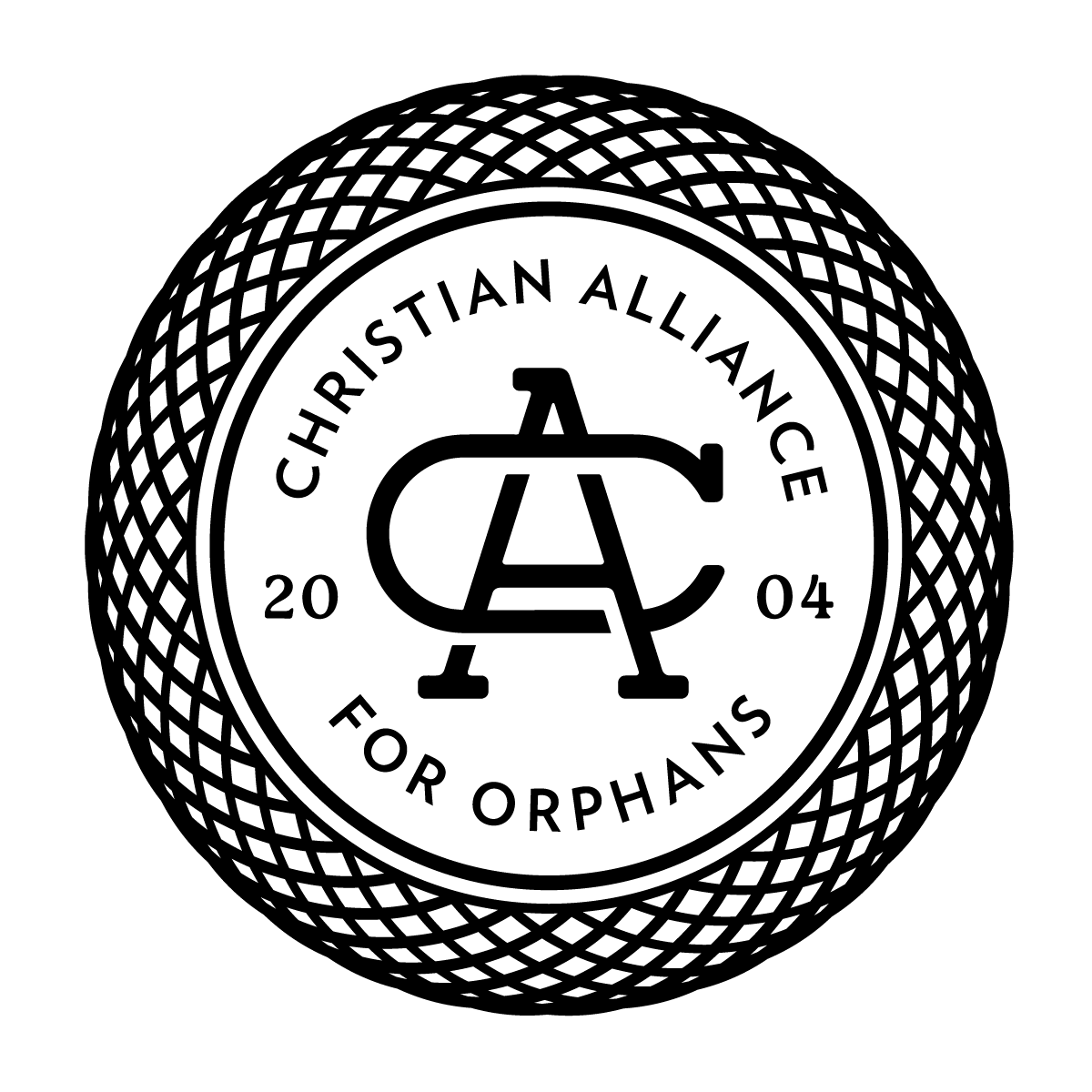Tantrum or Meltdown?
Katelyn Hall • April 28, 2025
Understanding the Heart Behind Big Emotions.

As parents and caregivers, it can be hard — and sometimes overwhelming — to know how to respond when a child is upset. One of the biggest challenges is figuring out whether you're dealing with a tantrum or a meltdown.
While they may look similar on the outside, how you respond can make all the difference in helping your child feel safe, heard, and supported.
Here’s a simple tip to help you tell the difference:
Quick Test:
Give your child a totally random task or command — something like,
"Can you clap your hands for me?" or
"Can you pick up the red toy?"
If your child can pause, attend to the task, and follow through, they are likely in a tantrum.
If your child cannot acknowledge you at all, unable to respond or even recognize the request, they are likely experiencing a meltdown.
If It's a Tantrum: Provide More Structure
A tantrum is often about gaining control, attention, or avoiding something. When a child is still able to respond and make choices, what they most need is clear structure and calm boundaries.
Gently but firmly guide them toward appropriate behaviors, and remain consistent.
Children feel safest when they know someone is steadily leading them, even when their emotions are big.
If It's a Meltdown: Offer Only Comfort and Nurture
A meltdown, on the other hand, is not about control — it’s about overwhelm.
When a child's brain is flooded with emotions and sensory overload, they cannot process commands or expectations. In those moments, comfort, safety, and nurture are the only things that help.
Sit close. Speak softly. Let them know they are not alone. Your calm presence will help regulate their emotional storm.
Why It Matters
Knowing whether your child is in a tantrum or meltdown allows you to meet their real need in the moment — either structure or compassion.
Both responses are rooted in love — and both help build trust, resilience, and belonging.
Remember, your steady presence is the anchor in their biggest emotions.
You are teaching them, over time, that no feeling is too big for love to hold.

One of the ways we affirm a child’s worth from the very beginning is through our Bags for Belonging program. Every child who enters foster care through Seven Homes receives a brand-new backpack or diaper bag filled with essentials and comfort items, carefully curated with their needs and hearts in mind.

TBRI® is an attachment-based, trauma-informed intervention that is designed to meet the complex needs of vulnerable children. TBRI® uses Empowering Principles to address physical needs, Connecting Principles for attachment needs, and Correcting Principles to disarm fear-based behaviors. Seven Homes is the first foster care agency in NC to have TBRI practitioners on staff.







